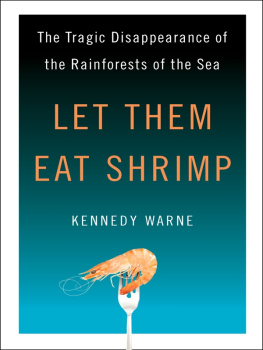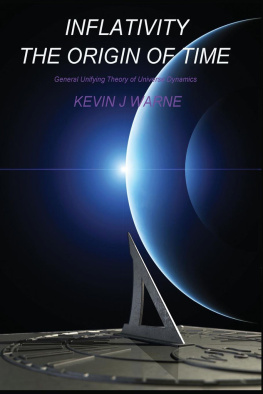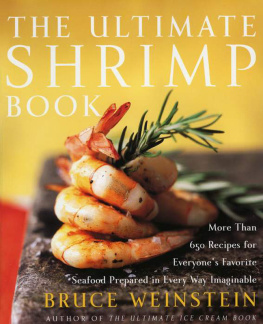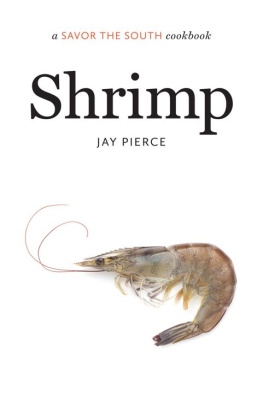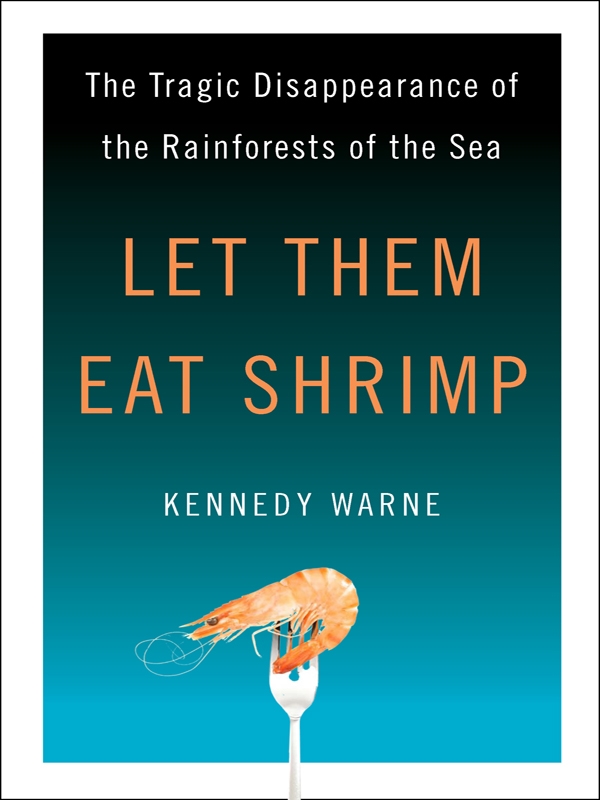Authors Note
N EW ZEALANDERS are used to looking at the world from a distance. Where I live, in Auckland, mangroves are nearing their southernmost geographical limit. We have only one species of mangrove in New Zealand, and in some estuaries it grows not much taller than a garden shrub. So I look at the world of mangroves from the margins. And perhaps I look more enviously than someone living in Southeast Asia or Central America, in the mangrove heartlands, might do.
Nevertheless, I have been aware of the trees of the tide for as long as I can remember. As a child, I used to pick up their plump green propagules off the beach, where they washed up by the thousands. Each was an eight-page leaf book that I pretended to read. When I was older I would paddle a kayak or row a dinghy into the mangroves at high tide to watch shoals of yellow-eyed mullet glide through the warren of underwater trunks and roots, and pink jellyfish undulate against the press of the tide. I trailed my fingers in the algal soup that bathes the trees and heard the plop of ripe propagules falling into the water.
Or I walked into the forests at low tide, when the rivulets drain and the mudflats breathe again. I listened for the pistol-crack report of snapping shrimp, and watched whelks wave their trunklike probosces as they crawled across the sticky surface, following scent trails to carrion. At countless burrow entrances mud crabs scuttled in and out, cleaning and repairing their homes after the tides incursion. I watched white-faced herons at the waters edge pause in midstride, dagger bills poised to stabthe embodiment of Steinbecks stalking quiet murder. Each step took me ankle- or knee-deep into squelching sludge that changed from tea-brown to cement-gray to coal-black the deeper I sank.
It was this longstanding fascination with a little-known habitat that prompted me in 2005 to propose a mangrove story to National Geographic . The magazine accepted, and I traveled to Africa, Asia, and Latin America to report on mangrove communities far richer than those I knew back home. I expected to tell a story of mystic places, exotic species, and unique customsall in danger of disappearance. I found these things, but what struck me most was the social cost of mangrove loss. I saw impoverished communities battling powerful industrial interests for the preservation of their forests, and I realized that for these people mangroves are not an incidental background to their lives but a vital, sustaining presence. When they fight for the mangroves, they fight for their own future.
Their plight began the journey that has led to this booka journey made possible, and unforgettable, by many people in many countries. My sincere thanks go to those who guided me: in Bangladesh, Rubiyt Mansur Mowgli and Elisabeth Fahrni Mansur of The Guide Tours; in Tanzania, Rose Hogan; in Malaysia, Ong Jin Eong; in Eritrea, Gordon Sato and Simon Tecleab; in Panama, Rosabel Mir, Karl Kaufmann, and Ilka (Candy) Feller; in Florida, Andy From, Tom Smith, and Robin Lewis; in Ecuador, Edgar Lemos and Pedro Ordinola; in Bimini, Grant Johnson, Matt Potenski, and the staff and volunteers of Shark Lab.
Special thanks are due to Elaine Corets, the Latin American coordinator of the Mangrove Action Project. As well as guiding and interpreting for me in Ecuador and Brazil, she planned the itinerary, coordinated the logistics, and introduced me to people who have been marginalized by the shrimp industry and who fight to preserve the mangrove remnant. Elaine has been an unflagging collaborator in this entire project.
Many others gave their time and expertise: Aaron Ellison of Harvard; Jeovah Meireles, geography professor and tireless promoter of mangrove conservation in Brazil; the Galdino brothers of Caravelas; and Ceclia Mello, whose anthropological study of the towns reactions to the COOPEX shrimp farm proposal I found so illuminating (and who shared with me a motivating line from Brazilian author Clarice Lispector: For he had an experience, a pencil and a paper, he had the intention and the wishnobody ever had more than that); Samuel Gruber, founder of the Bimini Biological Field Station, and his wife, Marie, who welcomed me into their Miami home; Vernica Ypez of the Ecuadorian mangrove advocacy organization C-CONDEM; Barnabas Mgweno of IUCN Tanzania; Alfredo Quarto, cofounder of the Mangrove Action Project; and John Walsby, a New Zealand naturalist whose enthusiasm for mangrove ecology first opened my eyes to the biological richness of the rainforests of the sea.
Fieldwork in the Americas was made possible by grants from the Overbrook Foundation and the Rainforest Information Service. I thank both organizations for their support, as I do National Geographic , which made possible my first period of field research.
I am grateful to Todd Baldwin and Emily Davis of Island Press for shepherding the text through to publication, and to a former Island Press editor, Jonathan Cobb, for championing the project at the outset. These are difficult times for publishers, and Islands willingness to take on a book about a less-than-mainstream subject is salutary. I tip my hat to Islands president, Chuck Savitt, for his commitment to disseminate knowledge that, as the New York Times noted recently, would otherwise languish unshared.
A word to my wife, Cheryl, whom, fittingly, I met in the mangroves of Fiji thirty-three years ago during a university marine biology course. We were observing fiddler crabs, as I recall. During the months in which I was writing this book, sequestered like a good little carbon atom from the oxidative distractions to which I fall so easily prey, I was not an especially interactive partner. Honey, Im back.
The question arises (or at least I hope it does): What can we do to help reverse mangrove decline? I suspect that our greatest contribution, as individuals and communities, is to be responsible consumers, aware that our economic choices have global consequences. We can demand that suppliers and purveyors demonstrate that the seafood we eat comes from sustainable sources, and we can vote with our palates and pockets if it doesnt.
Furthermore, we can insist that food be not just ecologically sound but socially fairto the extent that fairness is possible in an unequal world. We can refuse to give our business to companies that are known to trade in the marginalization of the poor.
In thinking about all that we stand to lose if mangroves disappearthe extinction of the worlds only saltwater tiger, prowling the Sundarbans labyrinth, the loss of lofty carbon storehouses and resilient storm barriers, the emptying of the supermarkets of the poorI draw hope from the famous words of Margaret Mead: Never doubt that a small group of thoughtful, committed citizens can change the world. Indeed, it is the only thing that ever has.
About Island Press
Since 1984, the nonprofit Island Press has been stimulating, shaping, and communicating the ideas that are essential for solving environmental problems worldwide. With more than 800 titles in print and some 40 new releases each year, we are the nations leading publisher on environmental issues. We identify innovative thinkers and emerging trends in the environmental field. We work with world-renowned experts and authors to develop cross-disciplinary solutions to environmental challenges.
Island Press designs and implements coordinated book publication campaigns in order to communicate our critical messages in print, in person, and online using the latest technologies, programs, and the media. Our goal: to reach targeted audiences-scientists, policymakers, environmental advocates, the media, and concerned citizenswho can and will take action to protect the plants and animals that enrich our world, the ecosystems we need to survive, the water we drink, and the air we breathe.

